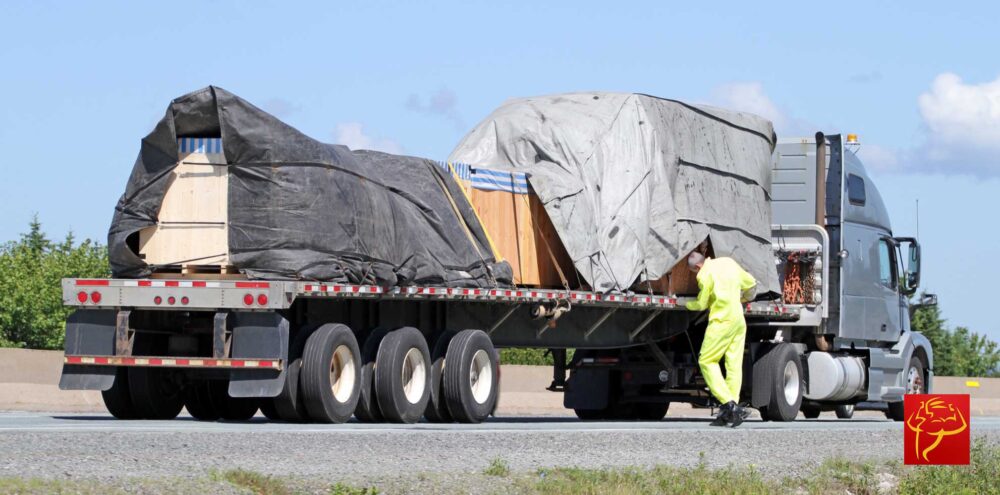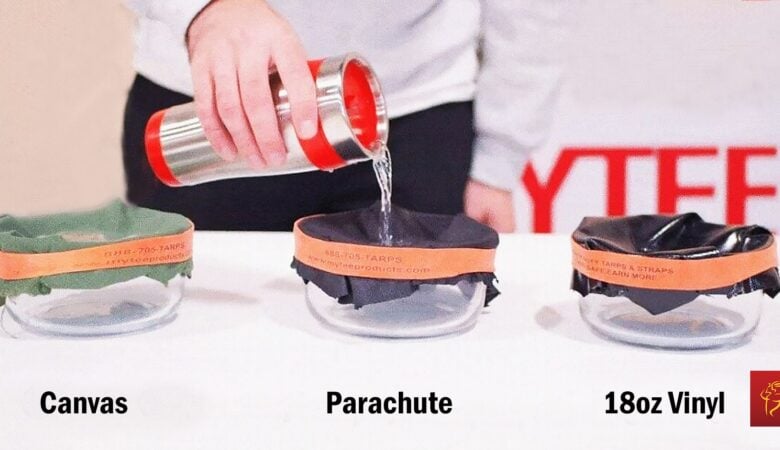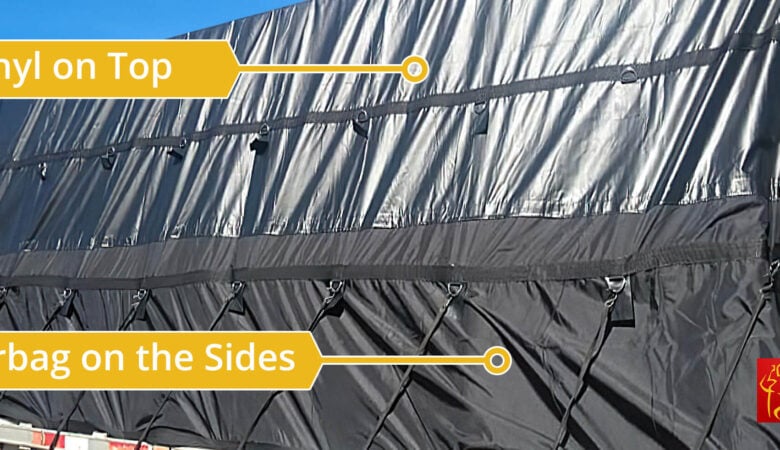Did you know that heavy-duty truck tarps present professional truck drivers with some of the most serious safety risks in the industry? We tend to think of things like bad weather and carelessness as top safety issues, and they are, yet how many of us stop to think about something as simple as covering a load with a tarp?
Any veteran truck driver can tell you stories about broken bones, chipped teeth, deep lacerations, and other injuries, all relating to load tarping. Accidents involving tarps are all too common in the trucking industry. If you are a trucker, you can help your cause by regularly inspecting your tarps and bindings.
As tough as heavy-duty truck tarps are, they do wear out over time. Seams can start to separate, grommets can develop rust and bindings can lose their strength. Regular inspection of your equipment is the only way you will know that both tarp and binding is suitable for the journey ahead.
Inspecting Your Tarps
The Alabama Trucking Association recommends drivers inspect their tarps at least once a month. This involves spreading them out on the ground completely and then going over them in detail. It is a time-consuming process but one that is necessary to ensure driver safety. During the inspection, one should be looking for:
- Rusted Grommets – Rusted grommets can be a problem if the oxidation has progressed to the point of causing the metal to no longer be secured within the fabric of the tarp. It only takes one rusted grommet to give way in order to cause a significant injury.
- Damaged D-Rings – Damaged or insecure d-rings present a real hazard on the road and in the yard. You really do not want to be on the receiving end of a bungee cord if a d-ring gives way. When inspecting, check both the ring and the fabric strap that holds it in place. If either one is worn, consider replacing or repairing it.

- Seam Wear – Even the strongest heavy-duty truck tarps are subject to seam wear from time to time. Worn seams can burst at any time, causing a tarp to fly uncontrollably in the wind. On the road, this is dangerous to other drivers; in the yard, it is dangerous to truck drivers and other workers.
Most minor wear and damage can be repaired with a minimal investment. Older tarps might need to be replaced. Generally, it is better to invest in high-quality tarps even though they are more expensive. These offer longer life and greater durability.
Inspecting Your Bindings
Whether tarps are secured using ropes, straps, or bungee cords, bindings need to be inspected right along with the tarps themselves. When bindings fail, disasters happen. It is simply not worth risking driver safety by not regularly inspecting this part of the load securing system.
Bungee cords are the most susceptible to wear caused by exposure to the weather. When a cord begins to fray, replace it. Also keep an eye out for bent hooks and loss of elasticity. Both can be problems.
Drivers who use load straps should check both the straps and the winches used to secure them. Straps tend to be more durable than bungee cords and ropes, so they do not wear out as often, but check them regularly nonetheless. As far as winches are concerned, inspect them for rust, damage, or mechanical malfunction.
Inspecting your tarps and bindings every month will make it easier for you to detect and repair damage before an accident occurs. You owe it to yourself to do so.











